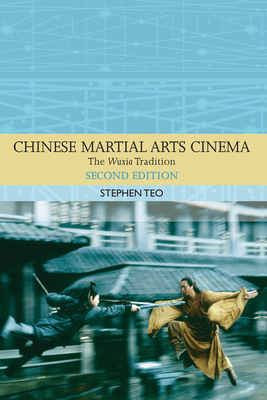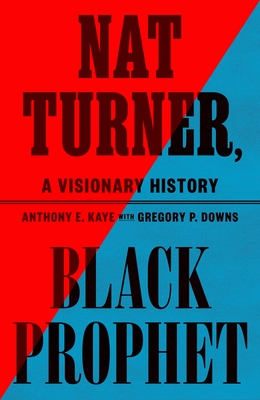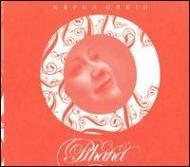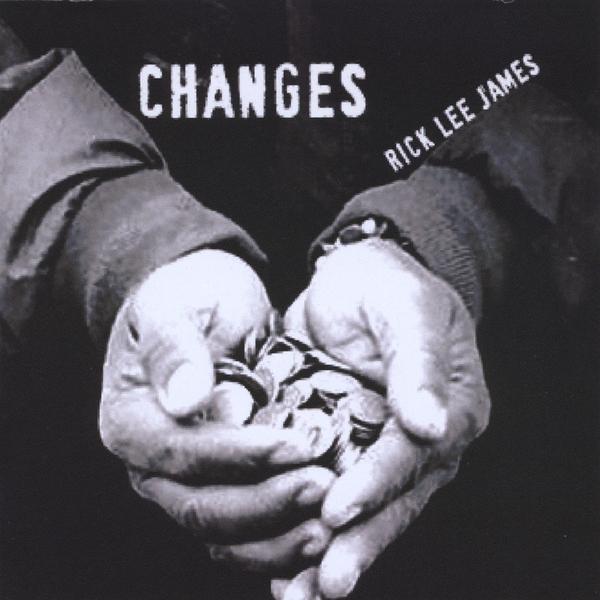
member goods
No member items were found under this heading.
listens & views

PIECES DE CLAVECIN EN CONCERTS
by RAMEAU / HAKKINEN / MATTSON / PERKOLA
SUPER-AUDIO CDout of stock
$16.99
Return Policy
All sales are final
Shipping
No special shipping considerations available.
Shipping fees determined at checkout.






